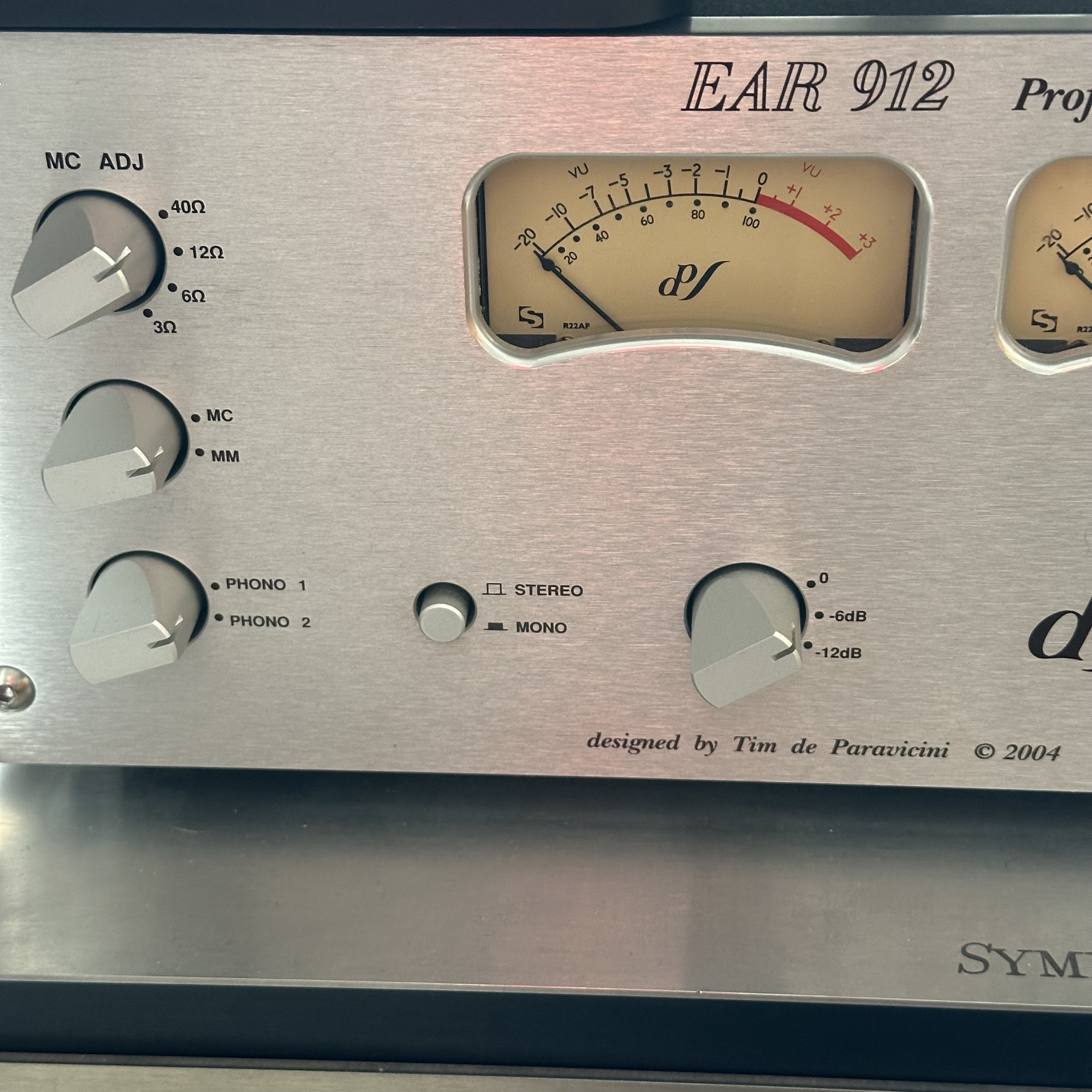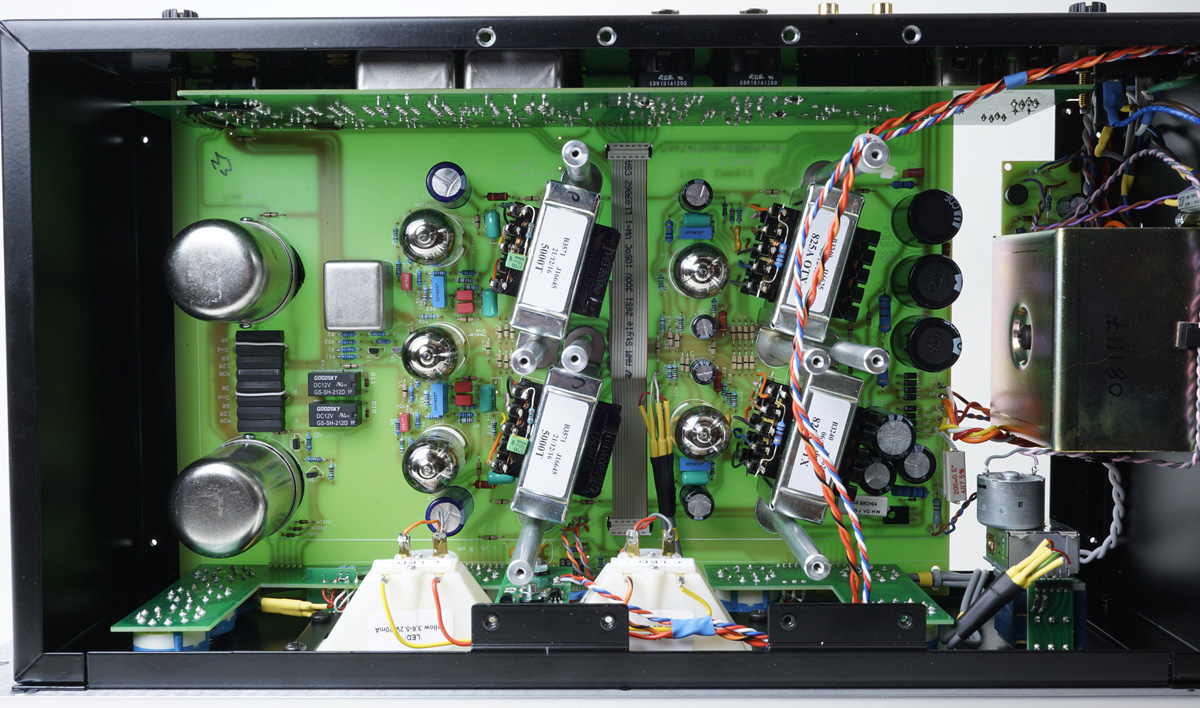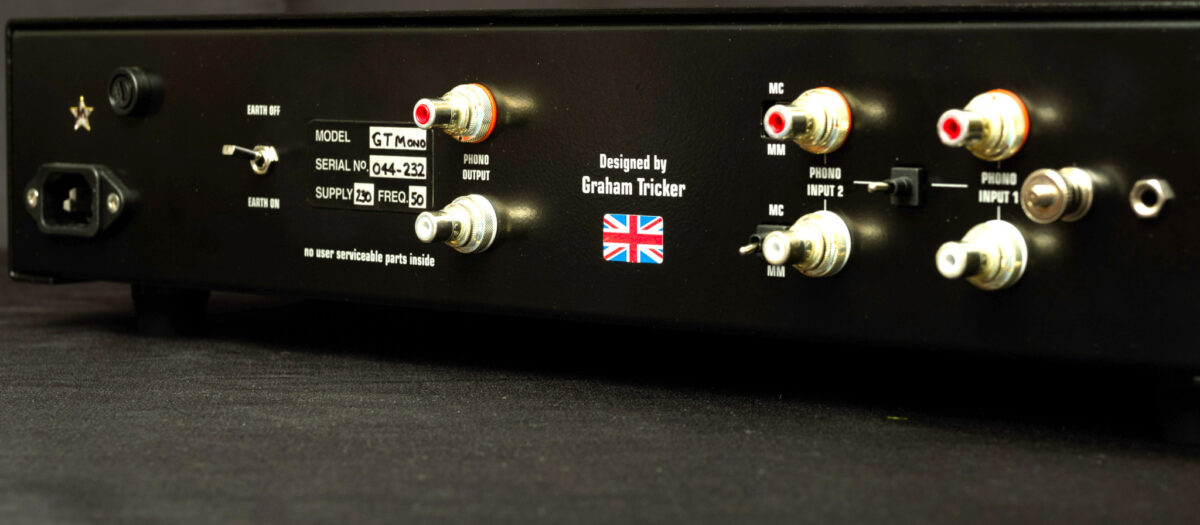Coda II
getting there slowly
Not dusty-dusty, just that a stylus doesn’t stay pristine forever even with clean records, or not here anyway. Think the lid was about that cost-wise, but sized for a Spacedeck with one arm not a Dais with two. Once I get everything else sorted I guess I may order a bigger one.Dusty records with an RCM cleaned record? Not sth I come across often. I had a 5mm thick acrylic cover made locally to my spec's a few years ago (cost me about £70 I think). It's pretty big and sits on the Target table with inches to spare; heavy though.




